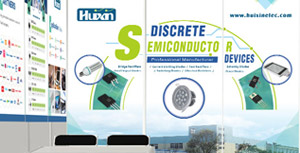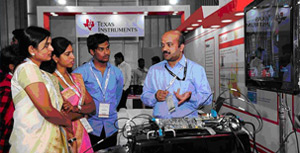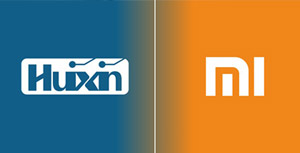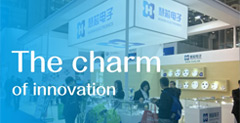HuiXin Electronic2017/8/9 16:24:53
How many parameters of diode do you know? Huixin tells you!
To know more about diode, the best way would be grasping the meaning of its parameters. Therefore, Huixin prepares a list to provide details of the various diode characteristics, and diode parameters found in the data sheets and specifications fordiodes.
Semiconductor material: The semiconductor material used in the PN junction diode is of paramount importance because the material used affects many of the major diode characteristics and properties. Silicon is the most widely used material as if offers high levels of performance for most applications and it offers low manufacturing costs. The other material that is used is germanium. Other materials are generally reserved for more specialist diodes. The semiconductor material choice is of particular importance as it governs the turn on voltage for the diode - around 0.6 volts for silicon and 0.3 volts for germanium, etc.
Forward voltage drop (Vf): Any electronics device passing current will develop a resulting voltage across it and this diode characteristic is of great importance, especially for power rectification where power losses will be higher for a high forward voltage drop. Also RF diodes often need a small forward voltage drop as signals may be small but still need to overcome it.
The voltage across a PN junction diode arise for two reasons. The first of the nature of the semiconductor PN junction and results from the turn-on voltage mentioned above. This voltage enables the depletion layer to be overcome and for current to flow. The second arises from the normal resistive losses in the device. As a result a figure for the forward voltage drop are a specified current level will be given. This figure is particularly important for rectifier diodes where significant levels of current may be passed.
Peak Inverse Voltage (PIV): This diode characteristics is the maximum voltage a diode can withstand in the reverse direction. This voltage must not be exceeded otherwise the device may fail. This voltage is not simply the RMS voltage of the incoming waveform. Each circuit needs to be considered on its own merits, but for a simple single diode half wave rectifier with some form of smoothing capacitor afterwards, it should be remembered that the capacitor will hold a voltage equal to the peak of the incoming voltage waveform. The diode will then also see the peak of the incoming waveform in the reverse direction and therefore under these circumstances it will see a peak inverse voltage equal to the peak to peak value of the waveform.
Maximum forward current: When designing a circuit that passes any levels of current it is necessary to ensure that the maximum current levels for the diode are not exceeded. As the current levels rise, so additional heat is dissipated and this needs to be removed.
Leakage current: If a perfect diode were available, then no current would flow when it was reverse biased. It is found that for a real PN junction diode, a very small amount of current flow in the reverse direction as a result of the minority carriers in the semiconductor. The level of leakage current is dependent upon three main factors. The reverse voltage is obviously significant. It is also temperature dependent, rising appreciably with temperature. It is also found that it is very dependent upon the type of semiconductor material used - silicon is very much better than germanium.
The leakage current characteristic or specification for a PN junction diode is specified at a certain reverse voltage and particular temperature. The specification is normally defined in terms of in microamps, μA or picoamps, pA.
Junction capacitance: All PN junction diodes exhibit a junction capacitance. The depletion region is the dielectric spacing between the two plates which are effectively formed at the edge of the depletion region and the area with majority carriers. The actual value of capacitance being dependent upon the reverse voltage which causes the depletion region to change (increasing reverse voltage increases the size of the depletion region and hence decreases the capacitance). This fact is used in varactor or varicap diodes to good effect, but for many other applications, especially RF applications this needs to be minimised. As the capacitance is of importance it is specified. The parameter is normally detailed as a given capacitance (in pF) at a given voltage or voltages. Also special low capacitance diodes are available for many RF applications.
Package type: Diodes can be mounted in a variety of packages according to their applications, and in some circumstances, especially RF applications, the package is a key element in defining the overall RF diode characteristics. Also for power applications where heat dissipation is important, the package can define many of the overall diode parameters because high power diodes may require packages that can be bolted to heatsinks, whereas small signal diodes may be available in leaded formats or as surface mount devices.
To know more about diode, please visit our website: www.huixinelec.com












